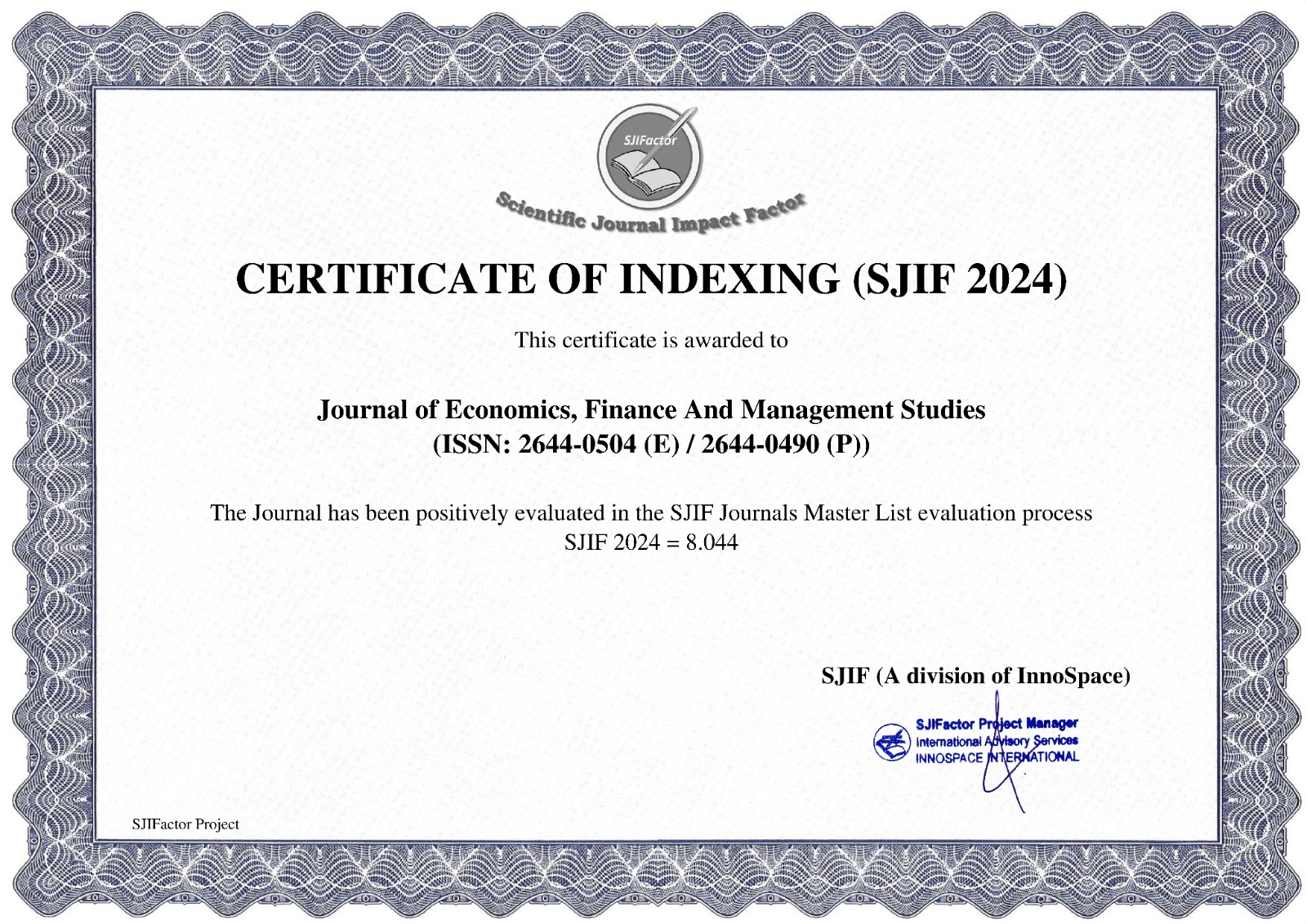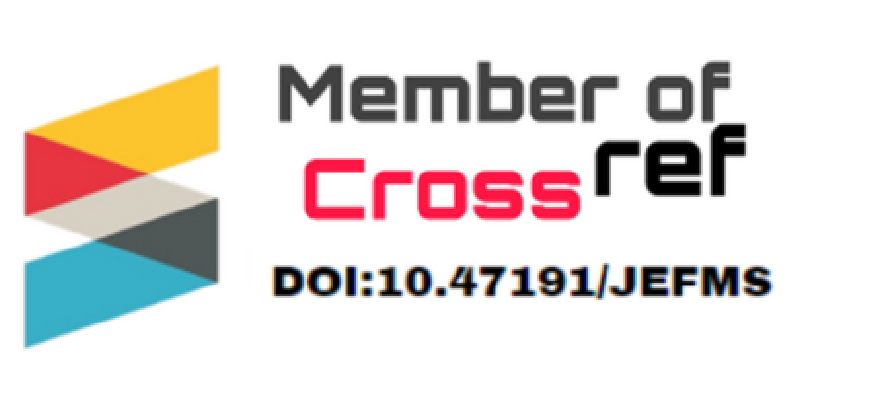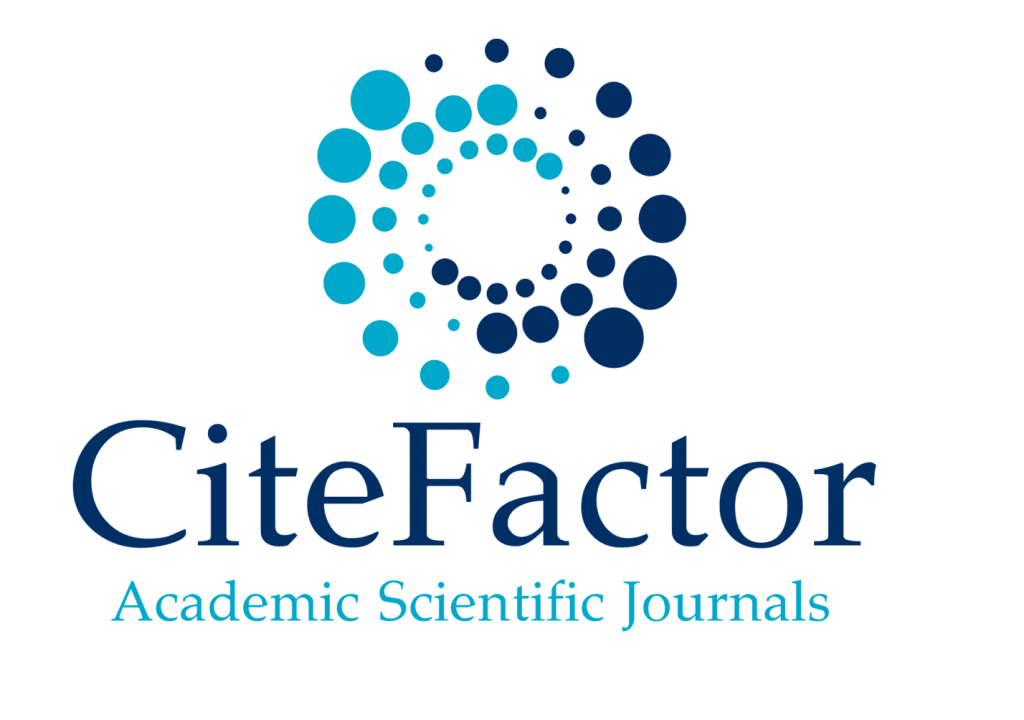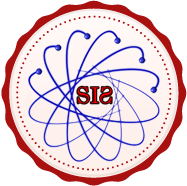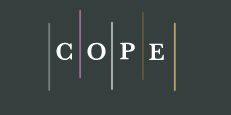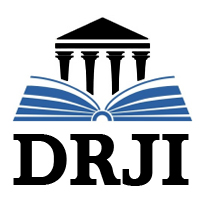Enhancement of Professional Development Program toward Proposed Competency Program
1Cristina R. Bautista, 2Ramon Ma. V. Molano, Ph. D.
1,2University of Santo Tomas and Philippine Army
https://doi.org/10.47191/jefms/v8-i3-48ABSTRACT:
The Philippine Army (PA) follows a structured career path in which Officers must complete prerequisite career courses before assuming a command position. However, the current Professional Development Program (PDP) does not have Staff pre- designation courses that lead to underperformance. This study proposed an enhancement to the PDP toward a competency program parallel to the competency requirements of officers ranking Major and Lieutenant Colonel. The level of affectation of the independent, dependent, and moderating variables on PDP and competency development were examined. The researcher employed mixed method research and utilized thematic and content analysis, Warp Partial Least Square – Structural Equation Model, confirmatory analysis, and moderating analysis. The result suggests that institutional support affects PDP, and competency development is affected by prior schooling, pre-designation program, and experience. Thus, self-development and institutional support influence PDP effectiveness, and PDP plays a significant role in competence development. This study will be a good basis and reference in the revision of the Standard Operating Procedure 19 PA Officer and Enlisted Personnel Career Path and Philippine Army Manual 8 – 00 Education & Training.
KEYWORDS:
Professional Development, Competency, Military, Officer Professional Military Education.
REFERENCES:
1) Adachi, H., Sekiya, Y., Imamura, K., Watanabe, K., & Kawakami, N. (2019). The effects of training managers on management competencies to improve their management practices and work engagement of their subordinates: A single group pre‐ and post‐test study. Journal of Occupational Health, 62(1). https://doi.org/10.1002/1348-9585.12085
2) Aguinis, H., & Gabriel, K. P. (2021). If You are Serious About Impact, Create a Personal Impact Development Plan. Business & Society, 61(4), 818–826. https://doi.org/10.1177/00076503211014482
3) Ali, M. M., Qureshi, S. M., Memon, M. S., Mari, S. I., & Ramzan, M. B. (2021). Competency framework development for effective human resource management. SAGE Open, 11(2), 215824402110061. https://doi.org/10.1177/21582440211006124
4) Alvinius, A., Holmberg, A., & Johansson, E. (2019). Do military leaders resist organizational challenges? Journal of Resistance Studies, 5(1), 34–60.
5) Atuel, H. R., & Castro, C. A. (2018). Military cultural competence. Clinical Social Work Journal, 46(2), 74–82. https://doi.org/10.1007/s10615-018-0651-z
6) Babin, L.B., & Garven, A.J. (2019). Tacit knowledge cultivation as an essential component of developing experts. Journal of MilitaryLearning,3–18.https://www.armyupress.army.mil/Portals/7/journal-of-militarylearning/Archives/April-2019/Babin-Garven-Tacit-Knowledge.pdf
7) Benmira, S., & Agboola, M. (2021). Evolution of leadership theory. BMJ Leader, leader- 000296. https://doi.org/10.1136/leader-2020-000296
8) Bhandari, P. (2023, June 21). Descriptive statistics: Definitions, types, examples. Scribbr. https://www.scribbr.com/statistics/descriptive-statistics/
9) Bogdanov, P. (2020). Perspectives and development of the Bulgarian military-educational system. Scientific Journal of the Military University of Land Forces, 197(3), 489–500. https://doi.org/10.5604/01.3001.0014.3921
10) Caulfield, J. (2023, June 22). How to do thematic analysis: Step-by-Step Guide & Examples. Scribbr. https://www.scribbr.com/methodology/thematic-analysis/
11) Chaaban, Y., Al-Thani, H., & Du, X. (2023). A systems-thinking approach to evaluating a university professional development programme. Professional Development in Education, 50(2), 296–314. https://doi.org/10.1080/19415257.2023.2193199
12) Clement, T., Ingham, G., & Anderson, K. (2023). Providing quality improvement workplace-based professional development to Australian general practice clinical educators: findings from a feasibility study. Professional Development in Education, 50(2), 242–262. https://doi.org/10.1080/19415257.2023.2174162
13) Coopersmith, K. (2021). Personal Development Planning and Vertical Leadership Development in a VUCA World. Journal of Values-Based Leadership, 15(1). https://doi.org/10.22543/0733.151.1380
14) Creswell, W., & Creswell, J. D. (2023). RESEARCH DESIGN: Qualitative, quantitative, and mixed methods approaches (6th ed.). SAGE.
15) Czarnecki, J. (2018, October). What Our Professional Military Leaders Need to Know: Enhancing the professional military educational structure. Army University Press. Retrieved February 9,2023, from https://www.armyupress.army.mil/Journals/Journal-of-Military-Learning/Journal- of-Military-Learning-Archives/October-2018-Edition/Czarnecki-Prof-Mil-Leaders/
16) Demirtas, O., & Karaca, M. (2020). A Handbook of Leadership Styles. Cambridge Scholars Publishing. https://cambridgescholars.com/resources/pdfs/978-1-5275- 4598-4-sample.pdf
17) Dimitriu, G. (2018). Clausewitz and the politics of war: A contemporary theory. Journal of Strategic Studies, 43(5),645–685. https://doi.org/10.1080/01402390.2018.1529567
18) Eilström, P., & Kock, H. (2008). Competence development in the workplace: concepts, strategies and effects. Asia Pacific Education Review, 9(1), 5–20. https://doi.org/10.1007/bf03025821
19) Farahnak, L. R., Ehrhart, M. G., Torres, E. M., & Aarons, G. A. (2019). The influence of transformational leadership and leader attitudes on subordinate attitudes and implementation success. Journal of Leadership & Organizational Studies, 27(1), 98–111. https://doi.org/10.1177/1548051818824529
20) Fejfarová, M., & Fejfar, J. (2022). Employee Training and Development and Competency- Based Approach: Any relationship? Journal on Efficiency and Responsibility in Education and Science,15(4),242–250. https://doi.org/10.7160/eriesj.2022.150405
21) Galvin, T., & Hill, A. (2017). Educating our defense managers a way ahead. Journal of Military Learning, 1(1), 31–51. https://www.armyupress.army.mil/Portals/7/journal- of-military-learning/Archives/jml-april-2017-Galvin-Hill-Educating-Defense- Manage.pdf
22) Hanser, L. M., Li, J. J., & Sims, C. S. (2021). Air Force Professional Military education: Considerations for Change.
23) He, G. (2023, December 11). Professional Development: Importance & best practices. teambuilding.com. https://teambuilding.com/blog/professional- development-best-practices
24) Holmberg, A., & Alvinius, A. (2019). How pressure for change challenge military organizational characteristics. Defence Studies, 19(2), 130–148. https://doi.org/10.1080/14702436.2019.1575698
25) Kem, J., & Bassett, W. (2018, April). The right education and training at the right time: deciding what to teach and ensuring it happens. Army University Press. Retrieved July 30, 2024, from https://www.armyupress.army.mil/Journals/Journal-of-Military-Learning/Journal-of-Military-Learning-Archives/April-2018-Edition/The-Right-Education-and-Training-at-the-Right-Time/
26) Kjellström, S., Stålne, K., & Törnblom, O. (2020). Six ways of understanding leadership development: An exploration of increasing complexity. Leadership, 16(4), 434–460. https://doi.org/10.1177/1742715020926731
27) Kirchner, M., & O’Connor, K. (2018). Incorporating Reflection Exercises to Identify Soft Skills in Army Education. Journal of Military Learning,47–57. https://www.armyupress.army.mil/Portals/7/journal-of-military-learning/Archives/Kirchner-Reflection-Exercises.pdf
28) Kirkpatrick, I., Altanlar, A., & Veronesi, G. (2021). Hybrid professional managers in healthcare: an expanding or thwarted occupational interest? Public Management Review, 25(5), 859–878. https://doi.org/10.1080/14719037.2021.1996777
29) Lacquement, R. A., Jr, & Galvin, T. P. (2022). Framing the future of the US military profession. USAWC Press. https://press.armywarcollege.edu/monographs/945
30) Maguire, S. (2021, October 9). Professional Military Education Needs Reform. Here’s Why and What to do.Wavell Room. https://wavellroom.com/2021/10/13/professional-military-education-reform/
31) Martins, M., Taveira, M. D. C., Magalhães, F., & Silva, A. D. (2024). Organizational Support in Career Self-Management: A Systematic Literature Review. Administrative Sciences, 14(11), 286. https://doi.org/10.3390/admsci14110286
32) Mayberry, P. W., Goldman, C. A., Jackson, K., Hastings, E., Acheson-Field, H., & Lawrence, A. (2021, May 26). Making the grade: Integration of joint professional military education and talent management in developing joint officers. RAND. https://www.rand.org/pubs/research_reports/RRA473-1.html
33) Meiser, J. (2020). A Strategic Leadership Theory of Military Effectiveness: General Matthew Ridgway and the revival of the US Eighth Army in the Korean War. Australian Journal of Defence and Strategic Studies, 2(2), 215–236.
34) https://www.academia.edu/67985177/A_strategic_leadership_theory_of_military_ effectiveness_General_Matthew_Ridgway_and_the_revival_of_the_US_Eighth_ Army_in_the_Korean_War
35) Mukherjee, A. (2017). Educating the professional military. Armed Forces & Society, 44(3), 476–497. https://doi.org/10.1177/0095327x17725863
36) Nanjundeswaraswamy, T. S., Nagesh, P., Bharath, S., & Vignesh, K. M. (2024). Leadership theories and styles—A systematic literature review and the narrative synthesis. Human Resources Management and Services, 6(3), 3477. https://doi.org/10.18282/hrms.v6i3.3477
37) Peng, M. Y., Xu, C., Zheng, R., & He, Y. (2023). The impact of perceived organizational support on employees’ knowledge transfer and innovative behavior: comparisons between Taiwan and mainland China. Humanities and Social Sciences Communications, 10(1). https://doi.org/10.1057/s41599-023-02242-4
38) Prokes, C., Lowenthal, P. R., Snelson, C., & Rice, K. (2021). Faculty views of CBE, self‐ efficacy, and institutional support: An exploratory study.The Journal of Competency-Based Education, 6(4), 233–244. https://doi.org/10.1002/cbe2.1263 Rogers, A. P. (2021). Exploring secondary teachers’ perspectives on implementing competency‐based education. The Journal of Competency-Based Education, 6(4),222–232. https://doi.org/10.1002/cbe2.1265
39) Sangwan, D., & Raj, P. (2021). The philosophy of Be, Know, and Doing forming the 21st- century military war-front competencies: a systematic review. Defence Studies, 21(3), 375–424. https://doi.org/10.1080/14702436.2021.1937135
40) Schatz, S., T. Fautua, D., Stodd, J., & A. Reitz, E. (2017). The changing face of military learning. Journal of Military Learning,78–91. https://www.armyupress.army.mil/Portals/7/journal-of-military- learning/Archives/jml-april-2017-Schatz-Fautua-Stodd-Reitz-Changing.pdf
41) Siew, D. H. K., & Koh, J. H. L. (2022). Being and becoming beginning military leaders: Implications for leadership learning. Military Psychology, 35(2), 142–156. https://doi.org/10.1080/08995605.2022.2088986
42) Sivaruban, S. (2021). A critical perspective of leadership theories. Business Ethics and Leadership, 5(1), 57–65. https://doi.org/10.21272/bel.5(1).57-65.2021
43) Škrinjarić, B. (2022). Competence-based approaches in organizational and individual context. Humanities and Social Sciences Communications, 9(1). https://doi.org/10.1057/s41599-022-01047-1
44) Surace, A. (2019). Complexity and leadership: the case of a military organization. International Journal of Organizational Analysis, 27(5), 1522–1541. https://doi.org/10.1108/ijoa-12-2018-1614
45) Tillberg, L. V., Kaulio, M., Tillberg, P., & Haglund, J. (2022). Military Competence-in-Use in the Expeditionary Era: A Swedish example from missions abroad. Armed Forces & Society, 50(2), 476–496. https://doi.org/10.1177/0095327x221118928
46) Trent, K. (2019). Motivating and educating millennials. Army University Press. https://www.armyupress.army.mil/Journals/Military-Review/English-Edition- Archives/November-December-2019/Trent-Educating-Millennials/
47) USA Department of the Army. (2022, November). FM 6-22. Retrieved July 30, 2024, from https://armypubs.army.mil/epubs/DR_pubs/DR_a/ARN36735-FM_6-22-000- WEB-1.pdf
48) Wallo, A., Kock, H., Lundqvist, D., & Coetzer, A. (2020). Understanding factors that enable and inhibit assessment of outcomes of competence development. Human Resource DevelopmentReview,19(4),384–421. https://doi.org/10.1177/1534484320943332
49) Wardak, D., Huber, E., & Zeivots, S. (2023). Towards a conceptual framework of professional development: a phenomenographic study of academics’ mindsets in a business school. The International Journal for Academic Development, 1–16. https://doi.org/10.1080/1360144x.2023.2183403
50) Whitney, C., & Evered, J. A. (2022). The Qualitative Research Distress Protocol: a Participant-Centered tool for navigating distress during data collection. International Journal of Qualitative Methods, 21, 160940692211103. https://doi.org/10.1177/16094069221110317
51) Whitworth, J., Smet, B., & Anderson, B. (2020). Reconceptualizing the U.S. Military’s Transition Assistance Program: The Success in Transition Model. Journal of Veterans Studies, 6(1), 25. https://doi.org/10.21061/jvs.v6i1.144
52) Yimam, M. H. (2022). Impact of training on employees performance: A case study of Bahir Dar university, Ethiopia.Cogent Education,9(1). https://doi.org/10.1080/2331186x.2022.2107301
53) Yogev, H., Cohen, R. A., & Lewin, E. (2022). Military leadership by intellectual officers: a case study of the IDF. Digital Commons @ University of South Florida. https://digitalcommons.usf.edu/jss/vol15/iss4/4
